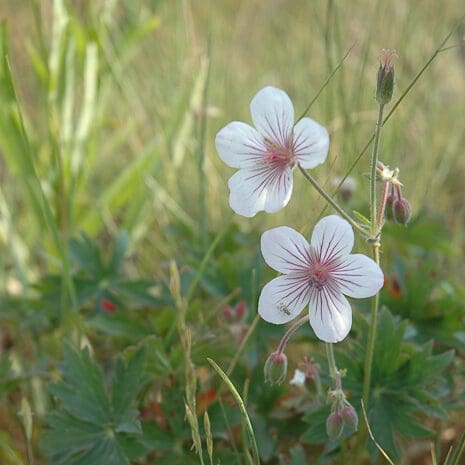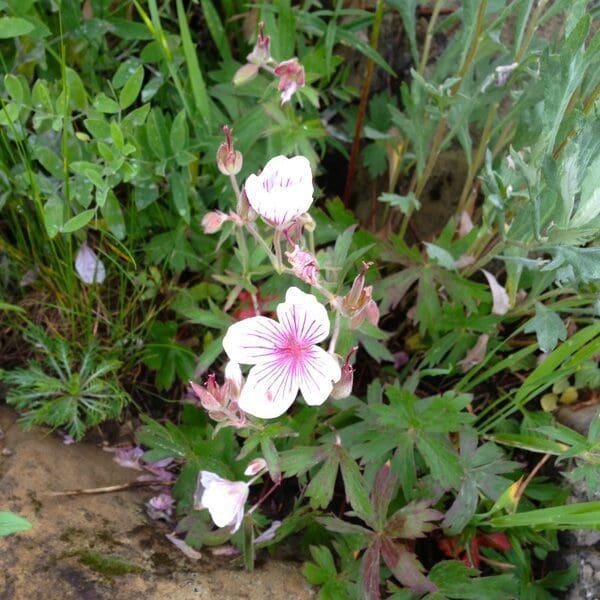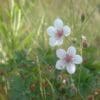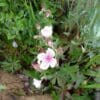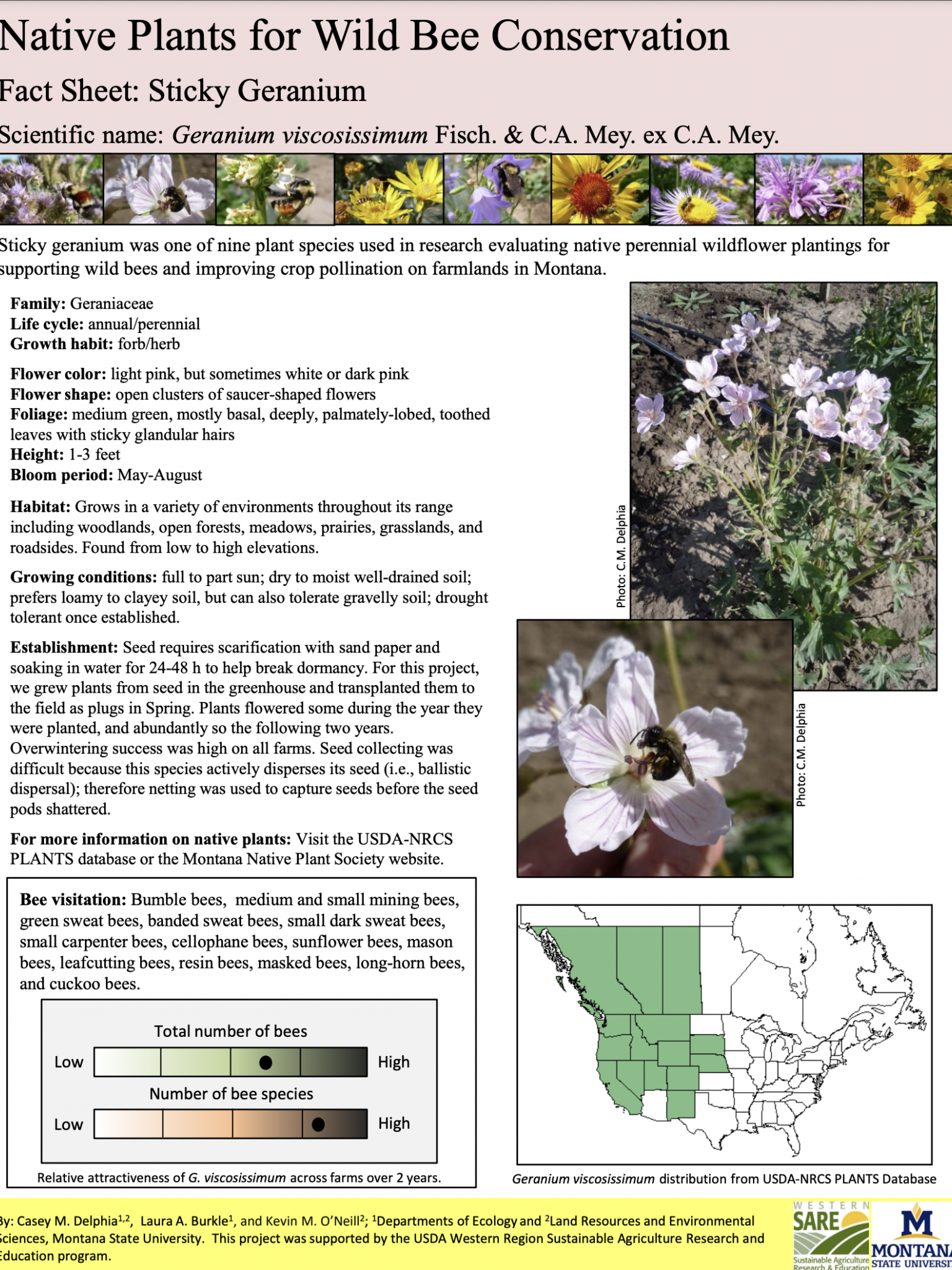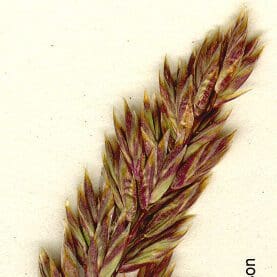Sticky Geranium
- Scientific Name: Geranium viscosissimum
- Protocarnivorous
- Low to moderate water requirement
- Does best in diffused sunlight
- Establishes on a wide variety of areas
- Grows in 10 – 20 or more in. of annual precip
- Great pollinator and source of food for wildlife
Out of stock
Sticky Geranium, also know as Wild Geranium (Geranium viscosissimum) is a native perennial. It is a member of the rose family. It has sticky glandular hairs that densely cover the stems and leaves that leave a resin behind. Sticky Geranium, also known as Wild Geranium. Low to moderate water requirement; diffused sunlight. Pale lavender-pink flowers bloom May to September from foothills to subalpine under trees in moist meadows, along streams or on open slopes at high elevations. Sticky Geranium likes partial or full sunlight best in areas with a minimum of 18 inches of precipitation.
This plant is widely distributed and locally abundant throughout its range. It is found from southern British Columbia south through eastern Washington and Oregon to northern California, and east to northwestern New Mexico, western Colorado and Saskatchewan. Sticky purple geranium is found in foothills, canyons, open woodlands to montane environments. It is often associated with subalpine, coniferous forest, aspen forest, meadow, mountain brush and shrub steppe plant communities.
Sticky purple geranium grows in areas receiving 10 to 20 or more inches of annual precipitation at elevations ranging from 1,000 to 10,500 feet. It is hardy to Zone 2. It is commonly found on well-drained soil, however it can grow on a variety of soil types.
Sticky purple geranium has the interesting characteristic of being protocarnivorous; it is able to dissolve protein, such as insects, that become trapped on its leaf surface and absorb the nitrogen derived from the protein. Many plants with sticky leaf surfaces have evolved to have this characteristic in order to thrive in nutrient-poor environments.
Seeds of this plant are eaten by birds and small mammals and leaves are foraged by small mammals, deer, elk and bears. Sticky purple geranium is pollinated by flies, butterflies and native bees.
Sticky purple geranium is an excellent choice for sustainable urban landscapes because it needs little supplemental irrigation, it blooms continuously May through August, and the foliage turns red in the fall. The plant grows well in areas receiving full sun or partial shade. It can spread if it receives too much shade or water.
***Click on the “Quick Plant Facts” tab above for more information.
Sticky Geranium Fact Sheet
Sticky Geranium Fact Sheet
PDF version of "Native Plants for Wild Bee Conservation"
Prepared By: Casey M. Delphia, Laura A. Burkle, and Kevin M. O’Neill, Departments of Ecology and 2Land Resources and Environmental Sciences, Montana State University.
This project was supported by the USDA Western Region Sustainable Agriculture Research and
Education program.
Who is Great Basin Seed?
Great Basin Seed is a seed company that specializes in seed sales and consultation for home, ranch, farm, range and reclamation. We have been a leader in the seed industry since 1974.
Our History
We've been in the seed business since 1974.
What We Offer
We offer seed for home, farm, ranch, range and reclamation projects.
Meet the Gang
We have the best employees in the world! We are proud of the work they do, and trust them to serve you!
Right: Company founder Lloyd and his wife Paula Stevens in a wildflower seed production field circa 1977
Quick Plant Facts
| Common Name: | Sticky Geranium, Wild Geranium, Wild Sticky Purple Geranium |
|---|---|
| Scientific Name: | |
| Plant Type: | |
| Origin: | |
| Lifespan: | |
| Zone Map | comingsoon.gif |
| Seed Count | 50,000 seeds/lb. |
| Growth Height: | |
| Planting Rate: | |
| Best Time to Sow: | |
| Max Sowing Depth: | |
| Root Form: | |
| Growth Season: | |
| Sun & Shade Tolerance: | Diffused Sunlight, Shade Tolerant |
| Elevation of Occurance: | |
| pH Tolerance: | |
| Hardiness Zones: |
